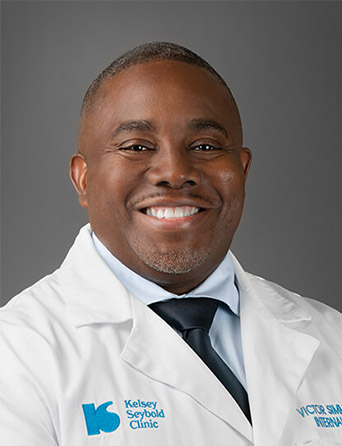Join Our eNewsletter!
Subscribe to our monthly newsletter to receive encouraging advice to help you lead a healthy lifestyle.

Understanding Alzheimer’s and Dementia
Dementia is a catchall term for any condition that causes a decline in mental function that’s usually irreversible. Alzheimer’s fits under the umbrella of dementia and is the most common form of it, with 6.5 million Americans and 55 million people worldwide living with the disease.
What Is Alzheimer’s Disease?
Alzheimer’s is a degenerative brain disease that affects memory, thinking, and behavior and progressively worsens over a number of years.
Research has identified evidence that neuron-destroying plaques and tangles in the brain are in some way responsible for the development of Alzheimer’s. Plaques are protein deposits that build up between nerve cells. Tangles are twisted fibers of protein that build up inside cells. They develop in everyone’s brain with age, but people with Alzheimer’s tend to have more and in a predictable pattern. Most experts agree that the plaques and tangles somehow block communication among nerve cells and interrupt critical processes, eventually destroying the nerve cells.
What Causes Alzheimer’s?
Alzheimer’s is not a normal part of aging and isn’t caused by aging, but the most common risk factor for the disease is increasing age. Most people with Alzheimer’s are 65 years of age or older; however, it does affect people under 65, which is considered younger-onset or early-onset Alzheimer’s. After age 65, the risk of developing the disease doubles every five years.
Researchers haven’t identified one single cause of Alzheimer’s, but there are some risk factors other than age that have been identified, including family history and genetics.

Family history – Those who have a parent, brother, or sister with Alzheimer’s are more likely to develop the disease themselves.
Genetics – The most common gene associated with Alzheimer’s is apolipoprotein E (APOE). One form, APOE e4, increases the risk of the disease and is associated with developing it at an earlier age. Approximately 15 – 25% of the population carries the APOE e4 gene.
The following circumstances have been proven to NOT contribute to Alzheimer’s, even though they were thought to in the past:
- Drinking from aluminum cans or using aluminum cookware
- Consuming aspartame
- Getting flu shots
- Having silver or amalgam fillings
What Does Alzheimer’s Look Like?
Memory loss is the most prevalent sign of the disease, but microscopic changes are occurring in the brain long before a person starts losing their memory. Someone with Alzheimer’s in the early stages may experience any of the following warning signs:
- Extreme memory loss – While it’s normal to briefly forget names, dates, or appointments as we age, Alzheimer’s causes people to forget recently learned information and not remember it later. Other early signs of memory loss are forgetting important dates, not remembering common words and names, and asking the same questions over and over.
- Difficulty performing everyday tasks – The older we get, the more difficult it may be to use technology or perform unfamiliar tasks. But an early sign of Alzheimer’s is forgetting how to perform tasks that have been done countless times before, such as driving to a familiar store or cooking a favorite meal.
- Trouble managing money – Some people are naturally not great with numbers and sometimes forget to pay a bill, but in the early stages of Alzheimer’s, a person may no longer be able to handle money or even remember how to do simple math.
- Losing track of time and location – We’ve all found ourselves asking, “What day of the week is it?” but people with Alzheimer’s begin losing track of dates and may forget where they are and how they got there. This typically leads to wandering off and becoming lost in the later stages of the disease.

- Misplacing or losing things – It’s completely normal, especially as we age, to forget where we left our keys or where we put the remote. For someone with Alzheimer’s, however, it becomes confusing and frustrating to not be able to retrace their steps to find something they misplaced. They also tend to put things in unusual places, making it even more difficult to find them later, even with the help of others.
- Having poor judgement – People with Alzheimer’s who are normally logical and responsible may begin making irrational decisions and behaving in irresponsible or inappropriate ways.
- Experiencing mood and personality changes – In the early stages of Alzheimer’s, a person may begin acting more irritable or become suspicious of family and friends. As the disease progresses, their personality may change completely. Someone who was always easygoing may become easily angered, or a person who was always positive and happy may become depressed and sullen.
If you notice any of these signs in yourself or another person, it’s important to consult with a doctor as soon as possible. Early detection will provide more time to decide next steps, such as taking advantage of treatment options and clinical trials, creating an action plan with family and friends, and preparing financially for the future.









